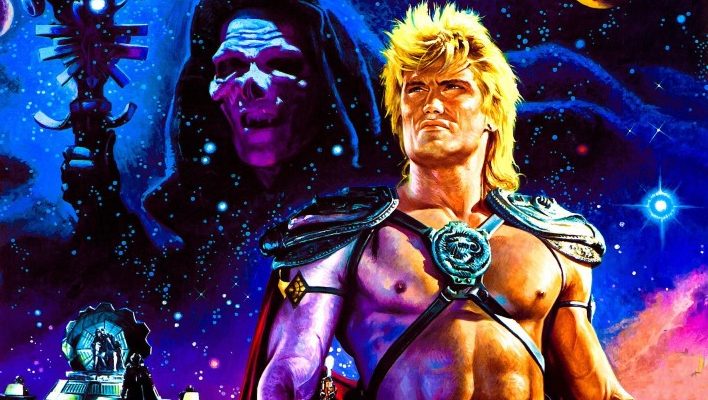Commenting on the commentators with Simon Columb…
Mike Gubbins writes for Moviescope about the Digital revolution [read the full article here]:
“The ‘digital dividend’ was the great promise of the post-celluloid era. Lower costs in production, distribution and marketing would go with greater quality and choice of content; less spending, more income. The independent industry was hoping that lower entry costs, direct access to consumers and more programming flexibility would to some extent close the gap with Hollywood, if not exactly level the playing field. The win-win, however, naturally had to begin with pay-pay.”
I find this discussion fascinating as there are so many different factors at play – the productions green-lit, the film festivals, the release dates, the publicity and the zeitgeist all contribute to a successful film box-office. Understandably, cinema is not in the habit of making art-for-arts-sake, it is a business that requires a return on investment. So, though we may dislike Transformers: Dark of the Moon being released, we have to accept that the countless independent films are only put into production because a studio has the money – from their blockbusters – to finance them in the first place. Films like Paranormal Activity and successful cinema-release documentaries like Catfish made a huge amount of money, but this is no easy feat: Both captured a zeitgeist of the time, the former replacing the torure-porn obsession (via Saw and Hostel) whilst the Facebook craze was the ‘theme’ of 2010 with The Social Network garnering a huge amount of press, whilst Catfish even became dubbed “the ‘real’ Facebook movie”
I had read an article about how multiplexes were first introduced. There was an expectation that the multiplexes were expected to provide a diverse catalogue of options, but “pay-pay” publicity dictates the money … so, instead, we have the latest blockbuster dominating multiple-screens over the opening weekend, and no release whatsoever for smaller independent, art-house cinema:
“It has been very good at making sure that the 3D blockbusters get maximum space, and has also opened up opportunities for remastered classics and non-film content—all putting the squeeze on specialised film.“
Hopefully, the idea of revisiting the past is something that may change the future – maybe the success of The Lion King 3D may dictate that Disney needs to veer away from boy-films like The Sorcerer’s Apprentice and Prince of Persia and focus their efforts on quality animation. We await with baited breath …










